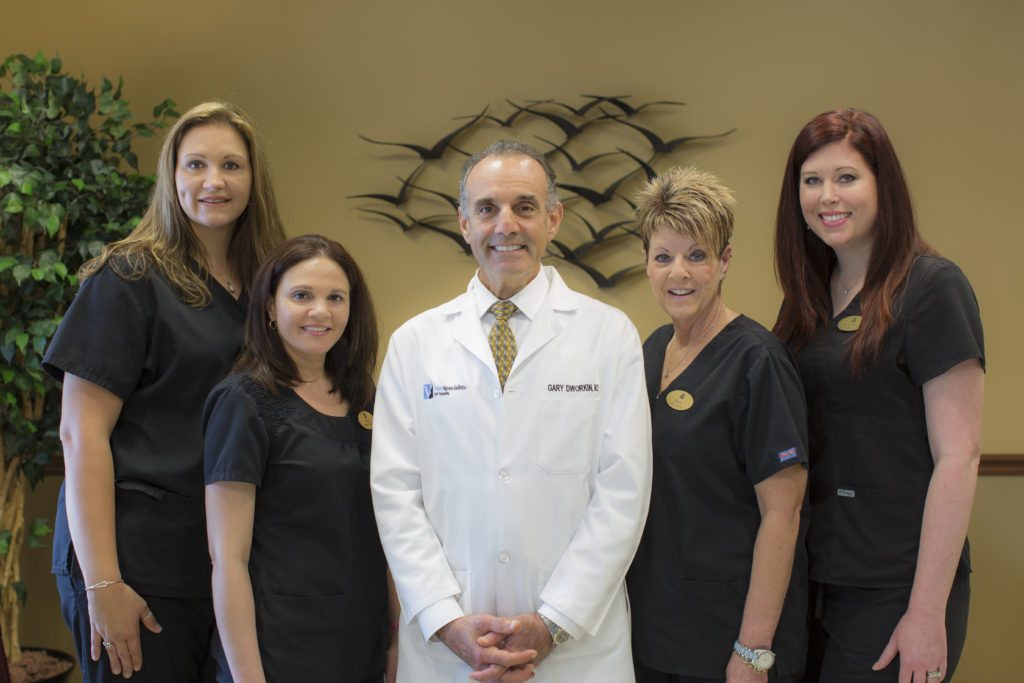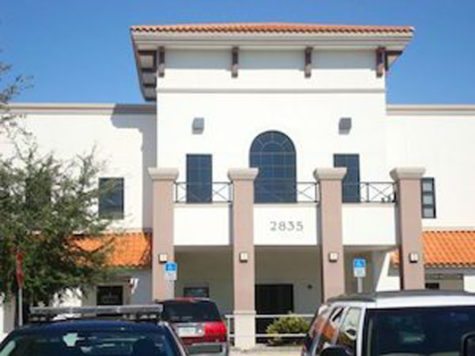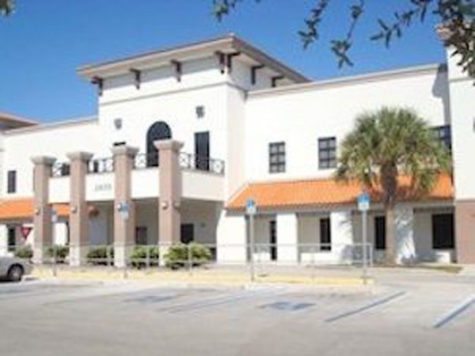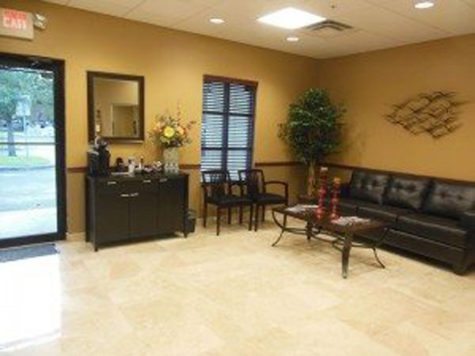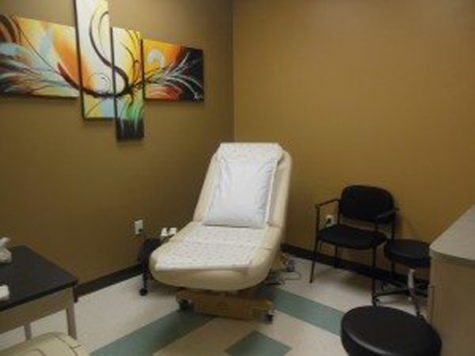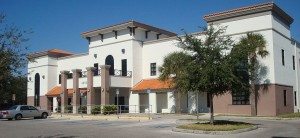FAQs
What are varicose veins?
Varicose veins are veins that have become abnormally enlarged. Varicose veins can develop anywhere, but they are most common in the legs and feet. For many people, varicose veins are only a cosmetic concern, but for some, varicose veins cause pain and discomfort.
What are spider veins?
Spider veins are like varicose veins, but smaller. Spider veins are within the skin and are often found on the legs and face. They can cover a small or large area of skin.
What are the risk factors for developing vein problems?
Factors that increase one’s risk for developing vein problems include family history, increasing age, medical history, hormonal changes, pregnancy, sun exposure, inactivity, and jobs that require prolonged periods of standing.
How is a diagnosis made?
Vein problems can be diagnosed through a physical exam. The doctor will look at your legs while you’re standing or while you sit with your legs dangling. He may also use ultrasound equipment to look at the structure of the veins and check for blood clots.
Who is a candidate for treatment?
Anyone who is experiencing symptoms like aching, swelling, and heaviness in the legs or who is bothered by the cosmetic appearance of their varicose veins should go in for a consultation. The earlier you seek treatment, the better.
What type of treatment is best?
Although no single treatment is the best treatment for every patient, minimally invasive treatments are the norm today. Thanks to advancements in ultrasound-guided treatment, the need for major surgery to treat large varicose veins is rare.
Is treatment painful?
Minimally invasive vein treatment procedures are virtually painless. During sclerotherapy, fine needles are used to inject small quantities of solution into the skin, and during microphlebectomy, tiny incisions are made. A local anesthetic is applied to the skin before each procedure, so the majority of patients only feel minor discomfort.
What are the most advanced treatment options?
Until fairly recently, vein disease could only be treated with compression stockings and major surgery. Since endovenous laser ablation was introduced, however, patients with chronic superficial venous insufficiency now have a way to receive treatment for their varicose veins, swollen legs, and venous leg ulcers on an outpatient basis.
How does the vein closure procedure work?
After local anesthesia is applied, a small catheter is inserted through a needle in the skin. Radiofrequency or laser energy is delivered to the inside of the abnormal vein to heat it and seal it shut. Eventually, the vein becomes scar tissue and is absorbed by the body.
What is the success rate of vein treatment procedures?
The success rates of vein treatment vary depending on the skill of the doctor performing the procedure, but published success rates are 95% for endovenous laser ablation and 80% for sclerotherapy.
Are vein treatment procedures covered by insurance?
Yes, vein treatment procedures are usually covered by commercial insurance and Medicare, since vein disease is a medical condition that causes troublesome symptoms like aching, swelling, and ulceration. Unfortunately, sclerotherapy for cosmetic concerns is NOT covered by insurance carriers.

